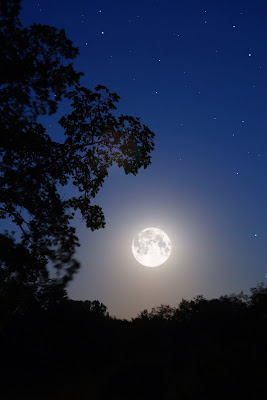 The Open Space Institute (OSI), Historic Huguenot Street (HHS) and the Thomas and Corinne Nyquist Foundation have announced the preservation in perpetuity of the Harcourt Wildlife Sanctuary, a 56-acre nature preserve located on Huguenot Street in the town and village of New Paltz.
The Open Space Institute (OSI), Historic Huguenot Street (HHS) and the Thomas and Corinne Nyquist Foundation have announced the preservation in perpetuity of the Harcourt Wildlife Sanctuary, a 56-acre nature preserve located on Huguenot Street in the town and village of New Paltz.
OSI, through its land acquisition affiliate, the Open Space Conservancy, acquired the Sanctuary for $110,000 on June 21st from Historic Huguenot Street. HHS owns and maintains a National Historic Landmark District which includes a number of historic houses dating to the early 18th century set on ten acres in downtown New Paltz.
HHS acquired the property known as the Harcourt Sanctuary from Hastings Harcourt in 1976 and subsequently established the wildlife sanctuary. In 2009, HHS entered into a Conservation Easement with the Wallkill Valley Land Trust. According to a statement issued to the press, HHS has been focusing its efforts on the historic properties on Huguenot Street and has been searching for a buyer for the Harcourt property. Mary Etta Schneider, President of HHS comments, “It was especially important that we find a buyer that would honor Mr. Harcourt’s original intent to keep the land open to the public and in its natural state. We are delighted to collaborate with OSI and the Nyquist Foundation to make this happen.”
On July 6th, OSI sold the parcel for $55,000 to the Thomas and Corinne Nyquist Foundation. The sale included a restriction requiring the property to be made available to the public in perpetuity for recreational use. Thomas E. Nyquist, chair of the Foundation says, “The acquisition of the Harcourt Wildlife Sanctuary reflects a long-existing appreciation of the beauty of the mid-Hudson Valley by the Nyquist family. Through the foundation, the Nyquists are pleased to serve as stewards of the newly-named Nyquist-Harcourt Wildlife Sanctuary.”
The Sanctuary contains the “oxbow,” a complex of ponds and wetlands remaining from a tightly curved meander cut off when the Wallkill River straightened its course hundreds of years ago. It has over 1,300 feet of frontage on the Wallkill River and adjoins the Jewett and Khosla farms, two historic Huguenot farms totaling more than 180 acres that were protected by OSI and the Wallkill Valley Land Trust in the “Two Farms” campaign in 2007. The Sanctuary also adjoins land owned by the village of New Paltz containing the Gardens for Nutrition, a community-supported public gardening area.
“With the generous participation of the Nyquist Foundation, we are thrilled to be able to preserve the Harcourt Sanctuary,” said Kim Elliman, OSI’s president and CEO. “Like the other properties we’ve protected along Huguenot Street, it exemplifies both the rich history and natural resources of New Paltz and the Wallkill River.”
The property has relatively open areas dominated by grasses and herbaceous plants, which provide rich and varied habitat opportunities for a wide range of plants and animals. In 1987 the Town of New Paltz Environmental Conservation Commission created the Huguenot Path, an improved nature trail which loops through the Sanctuary and the adjacent Village-owned property.
The Open Space Institute protects scenic, natural, and historic landscapes to ensure public enjoyment, conserve habitats, and sustain community character. OSI achieves its goals through land acquisition, conservation easements, regional loan programs, fiscal sponsorship, creative partnerships, and analytical research. OSI has protected more than 110,000 acres in New York State. Through its Northern Forest Protection Fund and Conservation Finance Program, OSI has assisted in the protection of an additional 1.8 million acres in Maine, New Hampshire, Vermont, New York, Massachusetts, New Jersey, North Carolina and Georgia. Please visit www.osiny.org for more information.
The Thomas and Corinne Nyquist Foundation is a family foundation founded in 2004 to provide financial support for local initiatives and programs of nonprofit organizations and groups in New Paltz and in Roosevelt County, Montana with emphasis on the communities of Bainville, Culbertson and Froid.
Historic Huguenot Street (HHS), located on the banks of the Wallkill River, is the place where the spirit of individualism that New Paltz is known for today began. Here a small group of French-speaking Huguenots settled in 1678. Just steps from downtown New Paltz, the site features seven stone houses dating to 1705, a burying ground and a reconstructed 1717 stone church – all in their original village setting. HHS offers ten acres of landscaped green space and public programming to the local community and visitors from around the world. For more information about Historic Huguenot Street, visit www.huguenotstreet.org or call (845) 255-1889.


